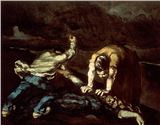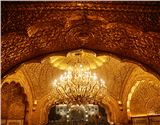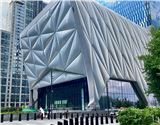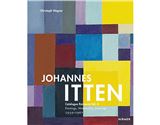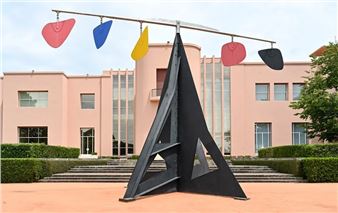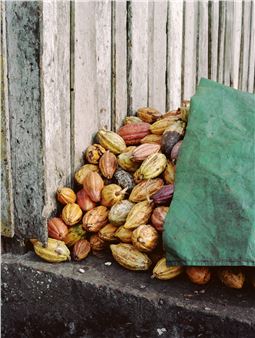Mariele Neudecker: Hybrid
Pedro Cera, Lisbon
Lisboa | PortugalPedro Cera is pleased to present the second exhibition of Mariele Neudecker at the gallery.
Despite known for her multimedia practice, encompassing sculpture, sound, video, or photography, painting occupies a fundamental role in Neudecker’s oeuvre. Her approach to painting, however, overcomes a traditional attitude to the medium. Instead, painting, namely painting of the Romantic Sublime, may they be works by Caspar David Friedrich, Jean Honoré Fragonard, or Peder Balke, among others, serve Neudecker as a reference, and a point of departure for many of her pieces, shaping a strong conceptual layer in her practice. While some works appropriate the full image, others, like a new group of shifting panel paintings, focus instead on an image fragment only. Removing the human figure from the image and the exhibition, Neudecker emphasizes the idea of landscape, one of Romanticism’s key tropes. An interest in landscape and nature pervades her work, allowing Neudecker to look closely at the meeting of the natural world (objective-external) with the subjective-internal world of perception and interpretation. The division of the paintings into maneuverable units examines themes of representation and recognition. The idea of a static image has been rejected through a modulable structure. It is the idea of meaning’s subjective construction, notions of appearance, and the idea of visual speculation which are at stake.
Deceiving by their appearance You Will Never See This Again, 2023, three sculptures, a rock, a cloud, and a bush, universal and timeless motives associated closely with the visual language of Romanticism, embody the autonomy of a sculptural object while maintaining strong ties with the formal characteristics of a realistic painterly surface. The realistic nature of these objects, resulting from a lengthy painterly process with a strong emphasis on detail, seduces by their form, questioning the powers of human imagination, notions of truth, and the role of illusion in human perception. Truth here is rendered relative, pointing to a state of post-truth established in the Postmodern world and furthered as a consequence of today’s digital pluralism. The obvious displacement of the sculptures and their surprising proximity with the human body establishes a set of new relations, making the element of artificiality an essential part of the work, while at the same time generating contradictory feelings of familiarity and alienation. This dualism, frequently based on contradicting elements such as inside – outside, truth – fiction, visible – invisible, nature–culture, day-night, points to a strong sense of hybridity, a typical element in Neudecker’s practice and one of the themes of the present exhibition.
Divided into two landscapes – day and night, the spectator is driven into the nocturnal, arctic back room with two tanks. Appropriating and casting motives of existing Romanticist paintings, in this case, Philip Jacques de Loutherbourg’s painting Shipwreck, 1767, and William Bradford’s Scene on the Arctic, 1880, Neudecker transforms fragments of these arctic scapes into a three-dimensional format, moving them closer to reality, while at the same time separating them through their enclosure, creating a sense of timelessness and estrangement.
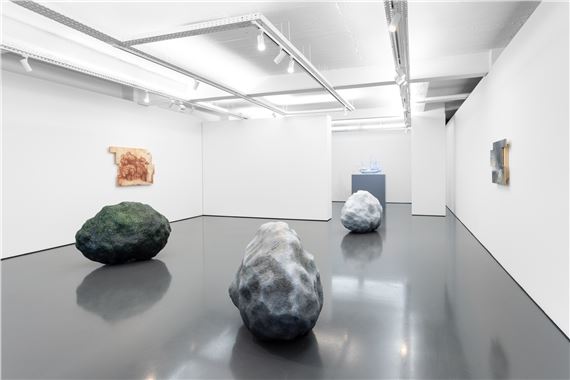
Pedro Cera is pleased to present the second exhibition of Mariele Neudecker at the gallery.
Despite known for her multimedia practice, encompassing sculpture, sound, video, or photography, painting occupies a fundamental role in Neudecker’s oeuvre. Her approach to painting, however, overcomes a traditional attitude to the medium. Instead, painting, namely painting of the Romantic Sublime, may they be works by Caspar David Friedrich, Jean Honoré Fragonard, or Peder Balke, among others, serve Neudecker as a reference, and a point of departure for many of her pieces, shaping a strong conceptual layer in her practice. While some works appropriate the full image, others, like a new group of shifting panel paintings, focus instead on an image fragment only. Removing the human figure from the image and the exhibition, Neudecker emphasizes the idea of landscape, one of Romanticism’s key tropes. An interest in landscape and nature pervades her work, allowing Neudecker to look closely at the meeting of the natural world (objective-external) with the subjective-internal world of perception and interpretation. The division of the paintings into maneuverable units examines themes of representation and recognition. The idea of a static image has been rejected through a modulable structure. It is the idea of meaning’s subjective construction, notions of appearance, and the idea of visual speculation which are at stake.
Deceiving by their appearance You Will Never See This Again, 2023, three sculptures, a rock, a cloud, and a bush, universal and timeless motives associated closely with the visual language of Romanticism, embody the autonomy of a sculptural object while maintaining strong ties with the formal characteristics of a realistic painterly surface. The realistic nature of these objects, resulting from a lengthy painterly process with a strong emphasis on detail, seduces by their form, questioning the powers of human imagination, notions of truth, and the role of illusion in human perception. Truth here is rendered relative, pointing to a state of post-truth established in the Postmodern world and furthered as a consequence of today’s digital pluralism. The obvious displacement of the sculptures and their surprising proximity with the human body establishes a set of new relations, making the element of artificiality an essential part of the work, while at the same time generating contradictory feelings of familiarity and alienation. This dualism, frequently based on contradicting elements such as inside – outside, truth – fiction, visible – invisible, nature–culture, day-night, points to a strong sense of hybridity, a typical element in Neudecker’s practice and one of the themes of the present exhibition.
Divided into two landscapes – day and night, the spectator is driven into the nocturnal, arctic back room with two tanks. Appropriating and casting motives of existing Romanticist paintings, in this case, Philip Jacques de Loutherbourg’s painting Shipwreck, 1767, and William Bradford’s Scene on the Arctic, 1880, Neudecker transforms fragments of these arctic scapes into a three-dimensional format, moving them closer to reality, while at the same time separating them through their enclosure, creating a sense of timelessness and estrangement.
Artists on show
Contact details



